When the city was awarded the 2018 Capital of Culture title, its mayor said “we have all won”. He added that the most important aspect of the city's culture was its “culture of welcome”, referring to Palermo's efforts in assisting the thousands of migrants who have arrived at its port over the past few years, and this is the context in which most visitors are likely to have heard about the Sicilian capital.
But there's more to Palermo than its ports, and plenty of treasures await visitors. So here are ten reasons to head south and visit the city, which will host special events and exhibitions throughout the year.
Rich history
This could be said of most of Italy, it's true, but what's great about Palermo is the way in which so many different nations and cultures have left a mark on the city. Its strategic military and trading position attracted invaders from around the world, including the the Carthaginians, the Greeks, the Romans, the Normans, the Swabians, the French and the Spanish Bourbons, to name just a few.
Each group had an impact on the city's architecture, language and art, meaning the city's cultural sights are wonderfully varied and it's fascinating to see how each of these different cultures interacted. The Spanish invaders, for example, named one of the squares Piazza Pretoria (Square of Shame) due to the nude 16th-century statues of mermaids and nymphs – the name also refers to perceived corruption of city authorities.
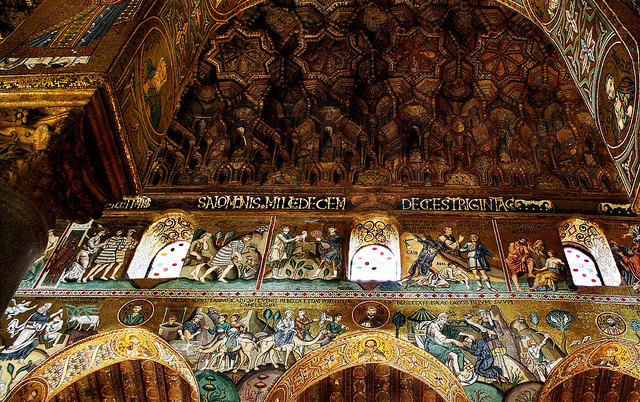
The gorgeous Palatine Chapel. Photo: Dimitry B/Flickr
Churches
The mixture of Western, Islamic and Byzantine styles is the reason many of the region's churches have been granted Unesco World Heritage status, and lots of them are free to visit. Make the stunning Palatine Chapel (above) the first stop on your tour to see the ornate mosaics, and include a stop at the cathedral (below). There's also 'the Church that isn't there', the name given by locals to the ruined Santa Maria dello Spasimo, which today is used for concerts.
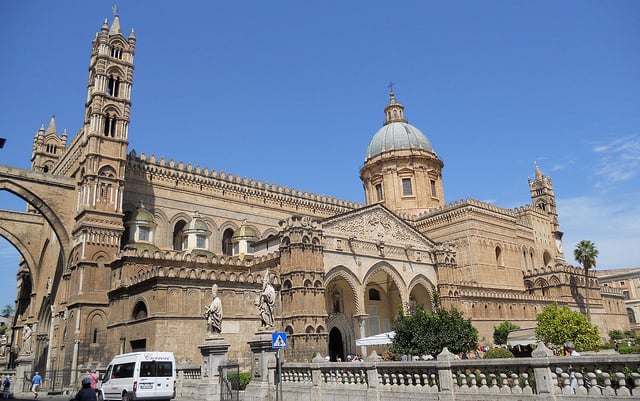
The city's cathedral. Photo: Mauro/Flickr
Authentic Italy
Are you the kind of visitor who turns up your nose at tourist buses, or perhaps you just don't want to battle with the crowds at the Colosseum or Pantheon? Despite its beauty, Palermo is much less well known than the likes of Rome, Venice and Florence, meaning you'll often be forced to practise your Italian.
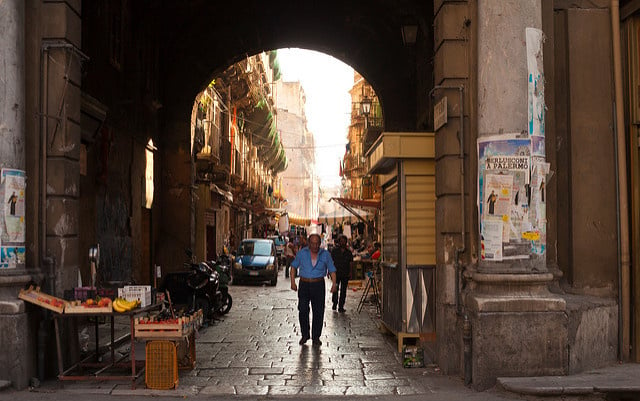
Photo: Sanna Stefansson/Flickr
The markets
Remember what we said about Palermo's importance as a trading centre? That spirit still lives on in the city's lively markets, Vucciria (meaning 'chatter' or 'hubbub' – just follow the noise and you'll find it), Ballarò and Capo, where you can buy cheap food, vegetables and even cheap vintage clothes, all while inhaling the scents of flowers and spices and taking in the bright colours.
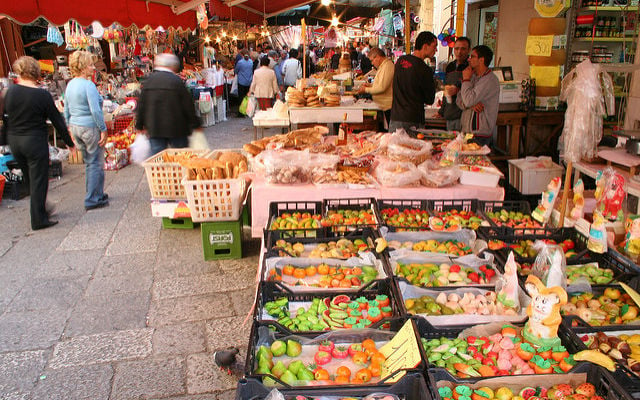
Photo: Manuel/Flickr
Botanic gardens
Italy's largest botanic gardens can be found in Palermo. Explore all 25 acres of the Orto Botanico – even in the chillier months of the year, the Winter Garden greenhouses are beautiful. More green spaces can be found at Villa Giulia by the seafront, a 19th-century landscaped park, the Villa Bonanno, which has striking palm trees, and the Giardino Inglese in the city centre, which is a perfect spot for people-watching as workers gather there during the long Italian lunch break.
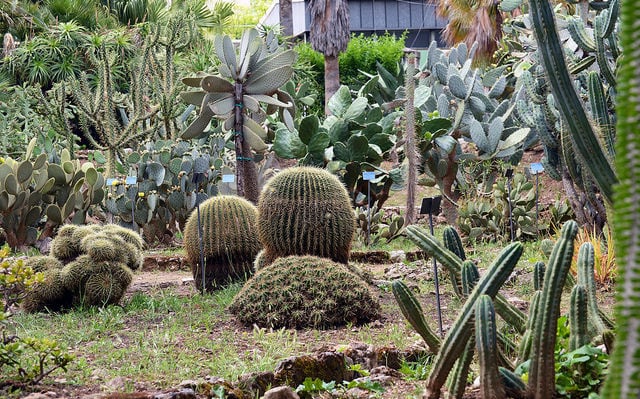
The Botanic Gardens. Photo: Harvey Barrison/Flickr
Pastries
One delicious reason to visit the Sicilian capital is the food, so do as the locals do and start your day with a coffee and a pastry. The local specialities include both sweet and savoury treats, from cannoli (crispy cream-filled pastry shells) to sfincioni (a variation on foccaccia) to arancini (breaded rice balls), so make sure to try out a few different bakeries as you wander round the town.
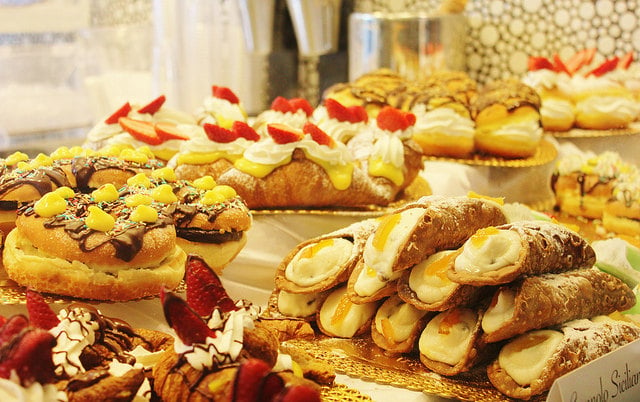
Sicilian cannoli and other delights. Photo: Claudio Lungo/Flickr
Creepy Catacombs
If you like your holidays with a macarbre twist, head to the Catacombe dei Cappuccini to see the mummified remains of the 16th-century Capuchin monks and other locals who asked to be buried in their crypt – it became a bit of a status symbol. Years ago, families would visit the catacombs to pray with their deceased loved ones, and there are thousands of bodies there, in different states of preservation, and some set in particular poses.
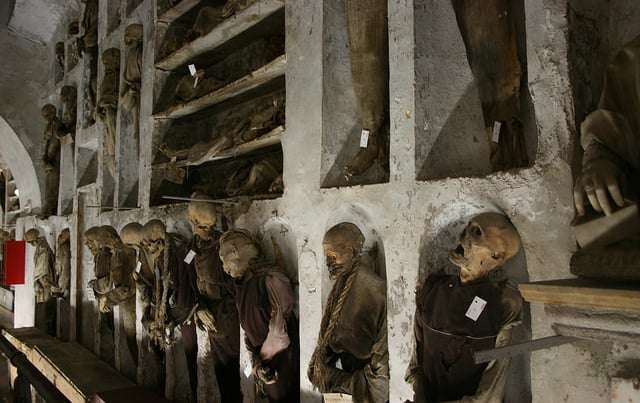
The catacombs. Photo: Juan Antonio F Segal
Beaches
On a brighter note, the warm weather and gorgeous coastline are the main reason most tourists flock to Sicily, and many of the island's most beautiful beaches are just a short way from Palermo. Mondello beach – which you'd never guess was a former swampland – is the closest to the city centre and the largest in the area, while the quiet Arenella beach is in the very heart of the city but rarely busy.
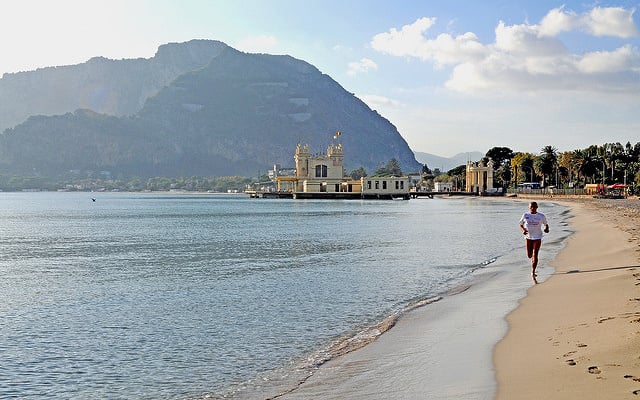
Photo: Dennis Jarvis/Flickr
Great day trips
As Sicily's capital, Palermo is the island's main travel hub, and you can explore the region by hopping on a train at the central station to explore the quaint towns and villages dotted around the coast, or head to one of the island's cultural treasure troves, Cefalu, Messina, or Taormina. Alternatively, take the ferry to Naples, Sardinia or Genova, or a long-distance train to mainland Italy to extend your trip.
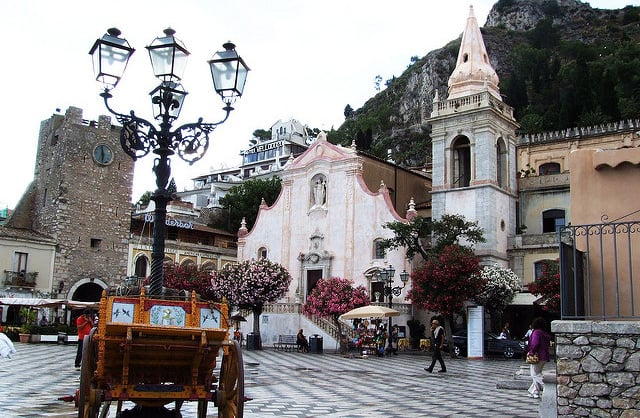
Stunning Taormina. Photo: Gnuckx/Flickr
Off the beaten track
Palermo is small enough to explore on foot, meaning you can take plenty of detours to duck down sidestreets and take a closer look at curiosities you pass on the way. There are no shortage of quirky sights in Palermo, for example the firefighters' headquarters, a striking example of fascist-era art deco design tucked in amongst ancient buildings. Make sure you take the hike (or the bus, for a more relaxed journey) to the Sanctuary of Santa Rosilia, a church and convent carved into a cave at the top of a hill.
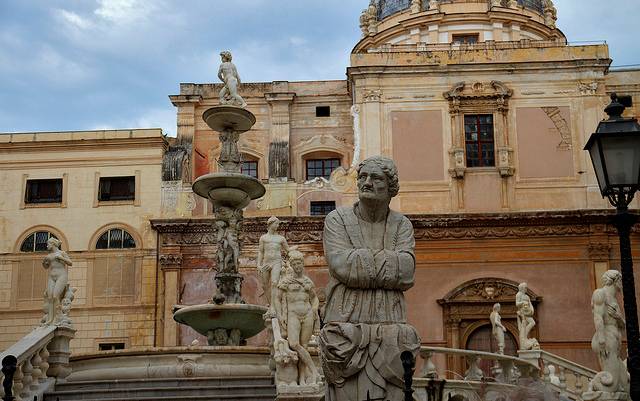
Piazza Pretoria in the centre of the city. Photo: CucombroLibre/Flickr
Want more tips on exploring Italy? Check out our travel section for the latest guides, features and travel news.
READ ALSO: Off the beaten track – Seven breathtaking alternatives to Italy's tourist hotspots
A version of this article was first published in February 2017.

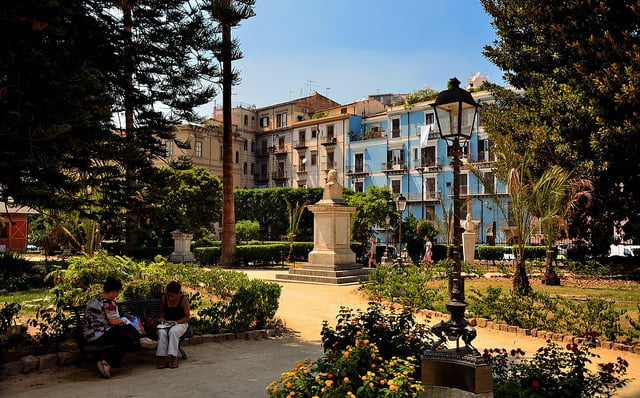

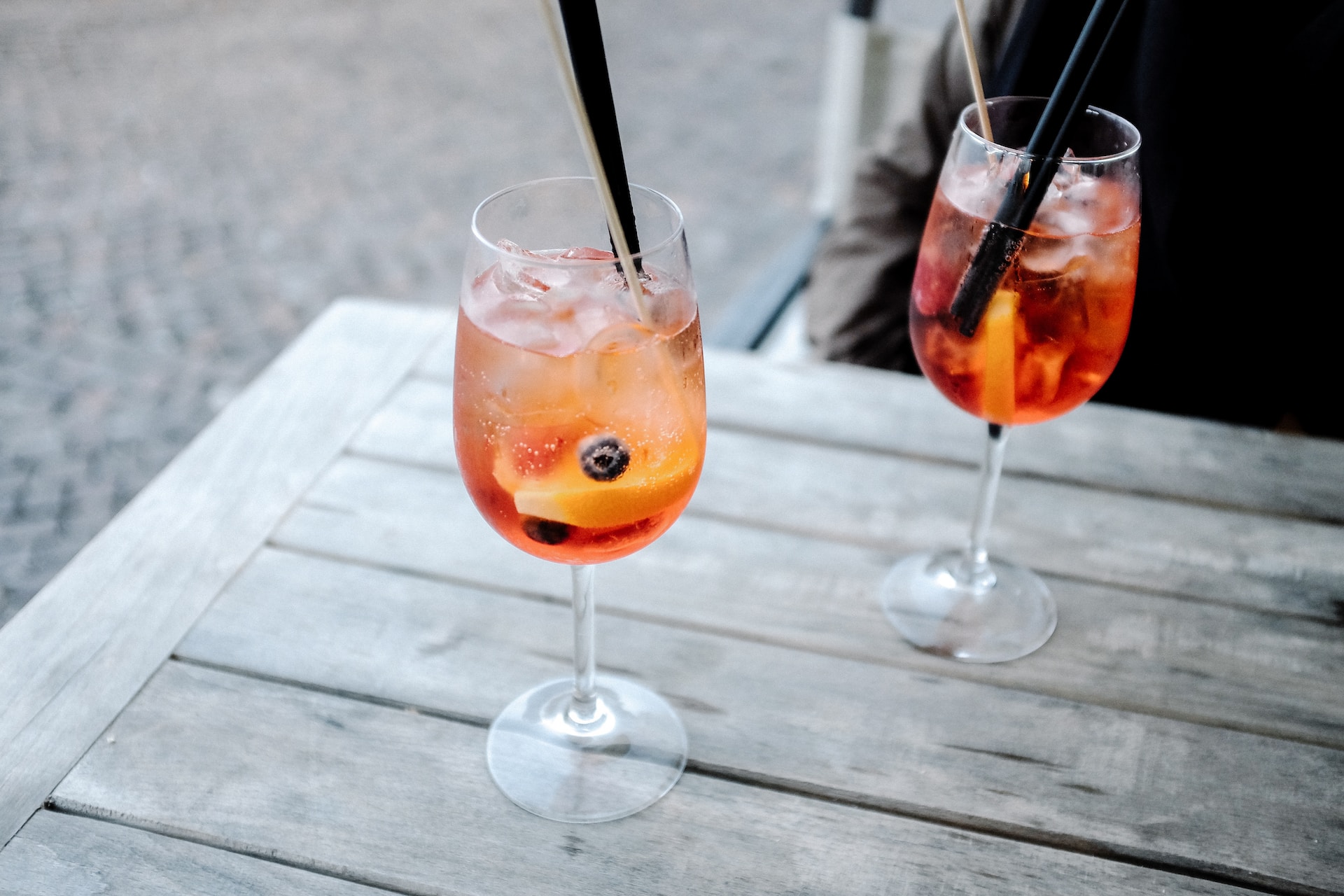
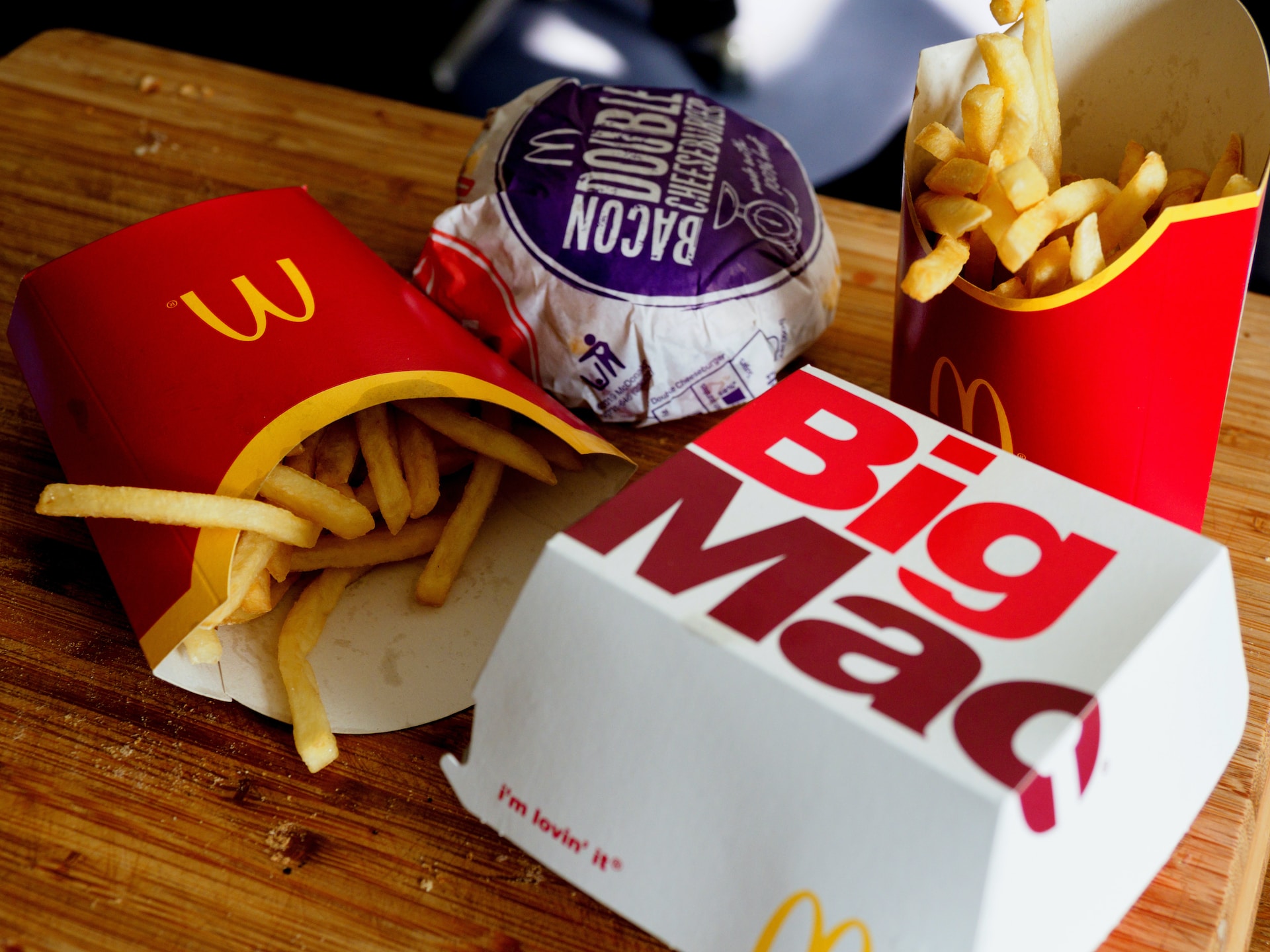
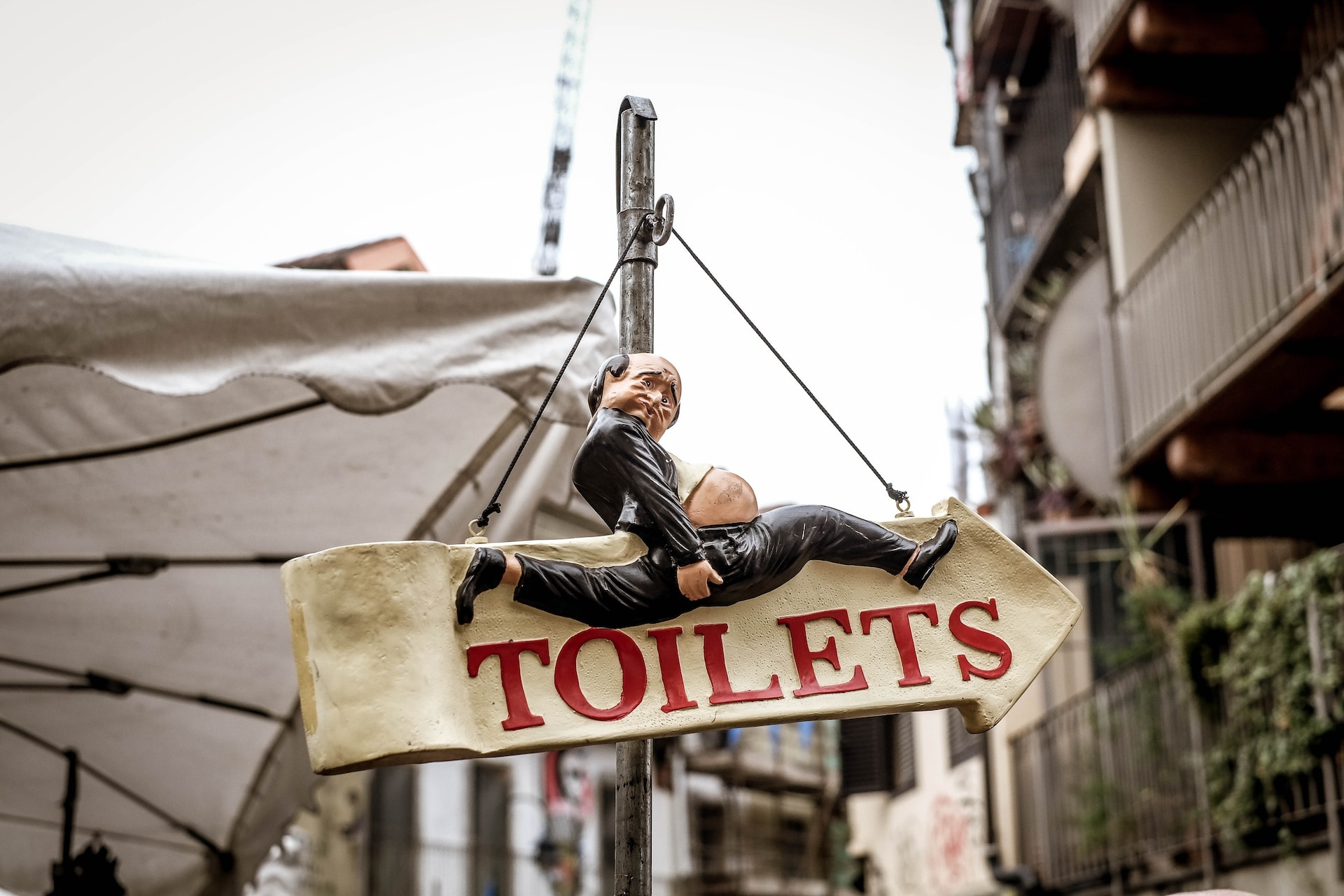
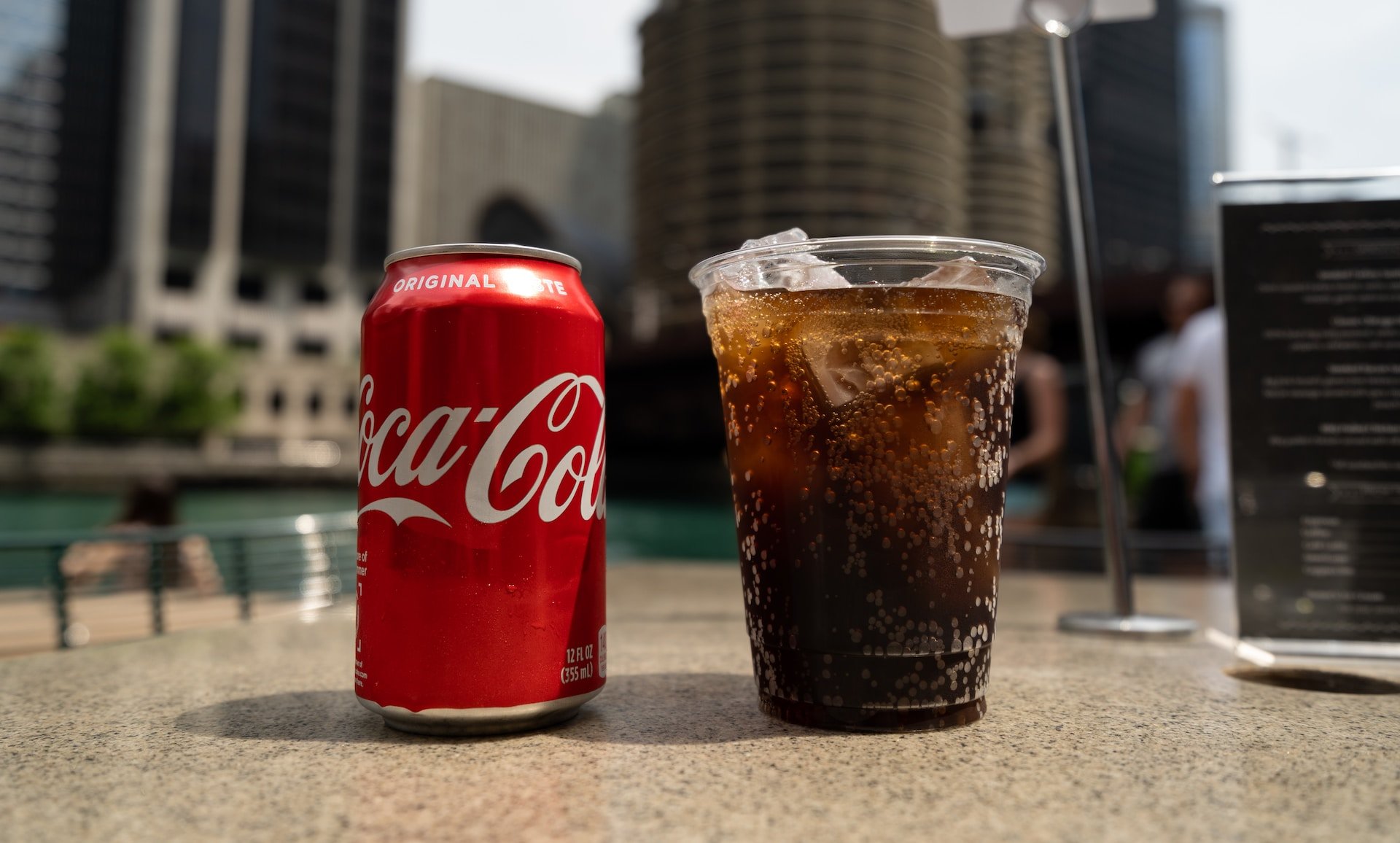
 Please whitelist us to continue reading.
Please whitelist us to continue reading.
Member comments